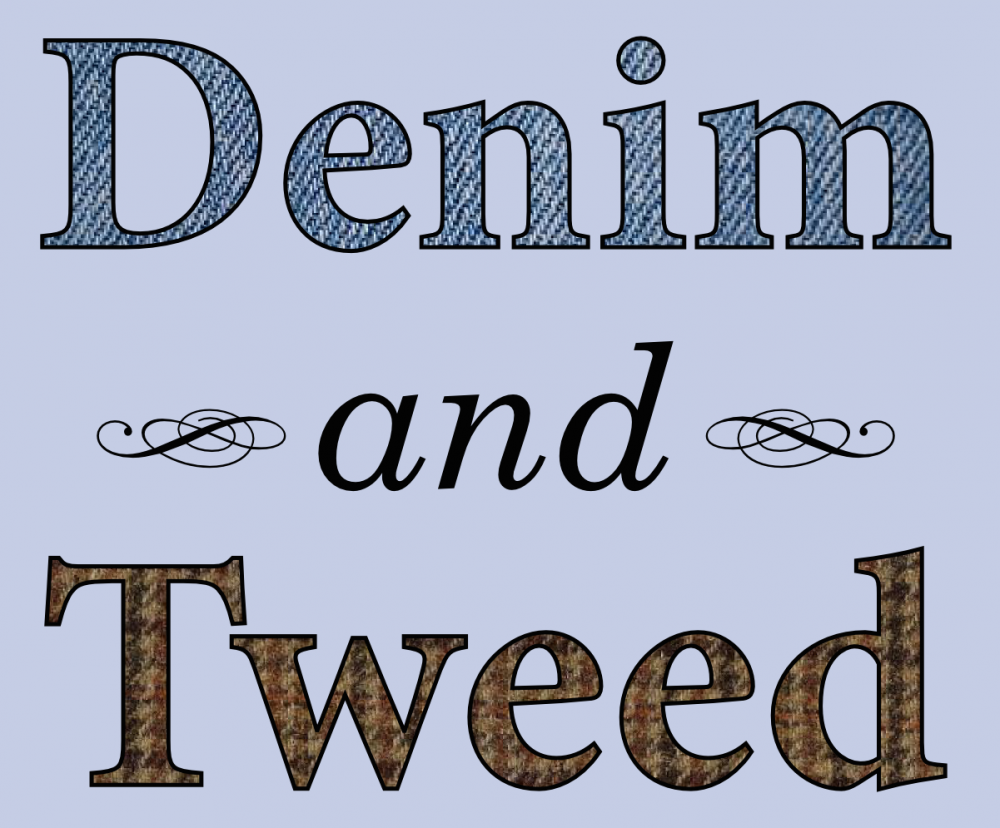 The creation of Adam. Image via Web Gallery of Art.
The creation of Adam. Image via Web Gallery of Art.This week at Nothing in Biology Makes Sense! Noah Reid takes a cue from Bill Nye the Science Guy and applies information theory to test whether a model of divine intervention fits a simple phylogenetic dataset.
Without getting into the details, we can think of information theoretic criteria for model selection as formally implementing Occam’s Razor: the simplest model with the most explanatory power is to be preferred. By preferring simple models, you guard against overinterpreting data, a pitfall that can make models poor predictors of new observations.
So, I realized as long as we can formulate any mathematical model of “The Hand of God”, rejectable or not, we can compare it to an evolutionary model in this framework. If, as Nye suggests, evolutionary theory is simple and powerful, and creationism is a model of fantastical complexity that doesn’t much improve our understanding of the data, information theory would help us sort that out.
If you want to settle the whole evolution-versus-creationism thing once and for all (okay, not really), or just learn how biologists use information theory to select models (really!), go read the whole thing.◼







